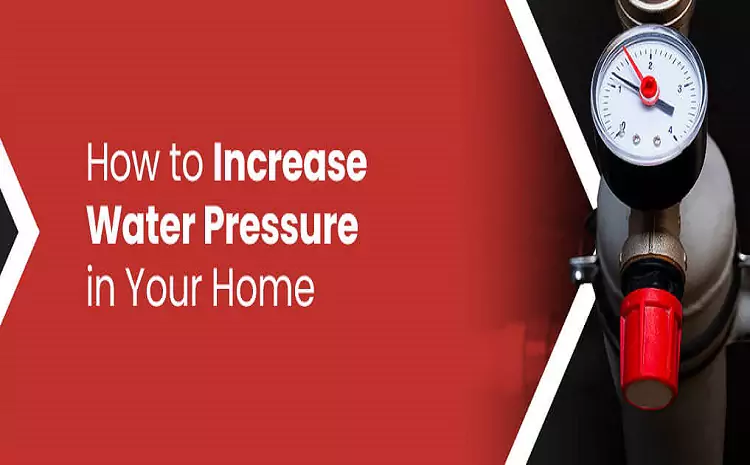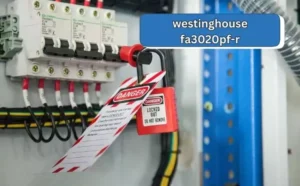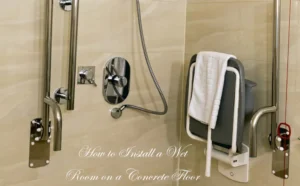Having low water pressure in your home can be frustrating, especially when you’re trying to take a shower or wash dishes. Fortunately, there are many ways to improve water pressure in your home without calling a plumber. In this article, we’ll explore practical tips to help you boost water pressure and ensure a smooth flow of water throughout your household.
Key Takeaways
- Check for leaks: Even small leaks can lower your home’s water pressure.
- Clean faucets and showerheads: Mineral buildup can reduce flow.
- Inspect pressure regulator: It might need adjustment or replacement.
- Upgrade your plumbing system: Older pipes can restrict water flow.
Understanding Water Pressure
Water pressure refers to the force that moves water through your home’s plumbing system. When water pressure is too low, it becomes difficult to use household appliances, showers, or faucets effectively. On the other hand, extremely high water pressure can damage pipes and fixtures. Ideally, your home’s water pressure should be between 40 to 60 psi (pounds per square inch).
Common Causes of Low Water Pressure
Understanding why you’re experiencing low water pressure is the first step in solving the problem. Here are some of the most common causes:
- Leaks in pipes, faucets, or fixtures
- Clogged pipes or faucets
- Issues with the pressure regulator
- Old plumbing systems
- Low water supply from your local municipality
How to Identify Water Leaks
Leaks are a common cause of low water pressure in your home. To check for leaks:
- Turn off all faucets and appliances that use water.
- Check your water meter. If it’s still running, you likely have a leak.
- Inspect visible pipes for water stains or drips.
- Listen for sounds of water flowing when taps are off.
Quick Fix: Clean Faucets and Showerheads
Sometimes, the simplest way to improve water pressure is by cleaning your faucets and showerheads. Over time, they can become clogged with mineral deposits like calcium. Here’s how you can clean them:
- Remove the faucet or showerhead.
- Soak it in vinegar for a few hours.
- Scrub away mineral deposits using a toothbrush.
- Reinstall and check the water flow.
How to Check Your Pressure Regulator
Most homes have a pressure regulator that controls water pressure entering the house. If it’s faulty, your water pressure may be too low or too high. Here’s how you can check it:
| Step | Action |
|---|---|
| 1 | Locate the pressure regulator, usually near the main water line. |
| 2 | Attach a water pressure gauge to the outdoor spigot. |
| 3 | Turn on the spigot and check the reading. |
| 4 | Adjust the regulator to increase or decrease the pressure. |
If your pressure regulator is old or damaged, you may need to replace it to restore optimal water pressure in your home.
Upgrade Your Plumbing System
Older homes often have pipes that are corroded or too narrow to handle modern water pressure demands. Upgrading your plumbing system can significantly improve water flow.
Consider these home improvement steps to upgrade your plumbing:
- Replace old pipes with new, wider pipes.
- Use PEX piping, which is flexible and resistant to corrosion.
- Install a booster pump to ensure consistent water pressure throughout your home.
Booster Pump for Low Water Pressure
A booster pump is an effective solution if you’re consistently experiencing low water pressure throughout your home. Here’s how it works:
| Benefit | Description |
|---|---|
| Increases flow | The pump adds extra force to your water flow. |
| Easy installation | A professional can install it quickly. |
| Boosts pressure | Ideal for homes with water supply issues. |
Simple Fixes for Low Water Pressure in Your Home
If you’re not ready for a major home improvement project, there are still many easy fixes to increase water pressure.
- Clean or replace faucet aerators.
- Check for kinks in water supply lines.
- Ensure shut-off valves are fully open.
- Install a pressure-boosting showerhead.
How to Adjust Water Pressure Using a Pressure Gauge
To find out if your home’s water pressure is too low, you can test it using a pressure gauge. Here’s how to do it:
- Buy a pressure gauge from a local hardware store.
- Attach it to an outdoor faucet.
- Turn on the faucet and check the reading.
- If the pressure is below 40 psi, you may need to increase water pressure by adjusting the pressure regulator.
Ideal Water Pressure for Your Home
| PSI (Pounds per Square Inch) | Pressure Level | Action Required |
|---|---|---|
| Below 40 psi | Low Pressure | Adjust or replace regulator |
| 40-60 psi | Normal Pressure | No action needed |
| Above 60 psi | High Pressure | Consider installing a pressure reducer |
Conclusion
Improving water pressure in your home doesn’t have to be a complicated process. From simple fixes like cleaning faucets and checking for leaks to upgrading your plumbing system, there are several ways to increase water pressure and ensure a better flow. By following the tips mentioned above, you’ll be well on your way to enjoying a stronger, more consistent water flow in your home.









